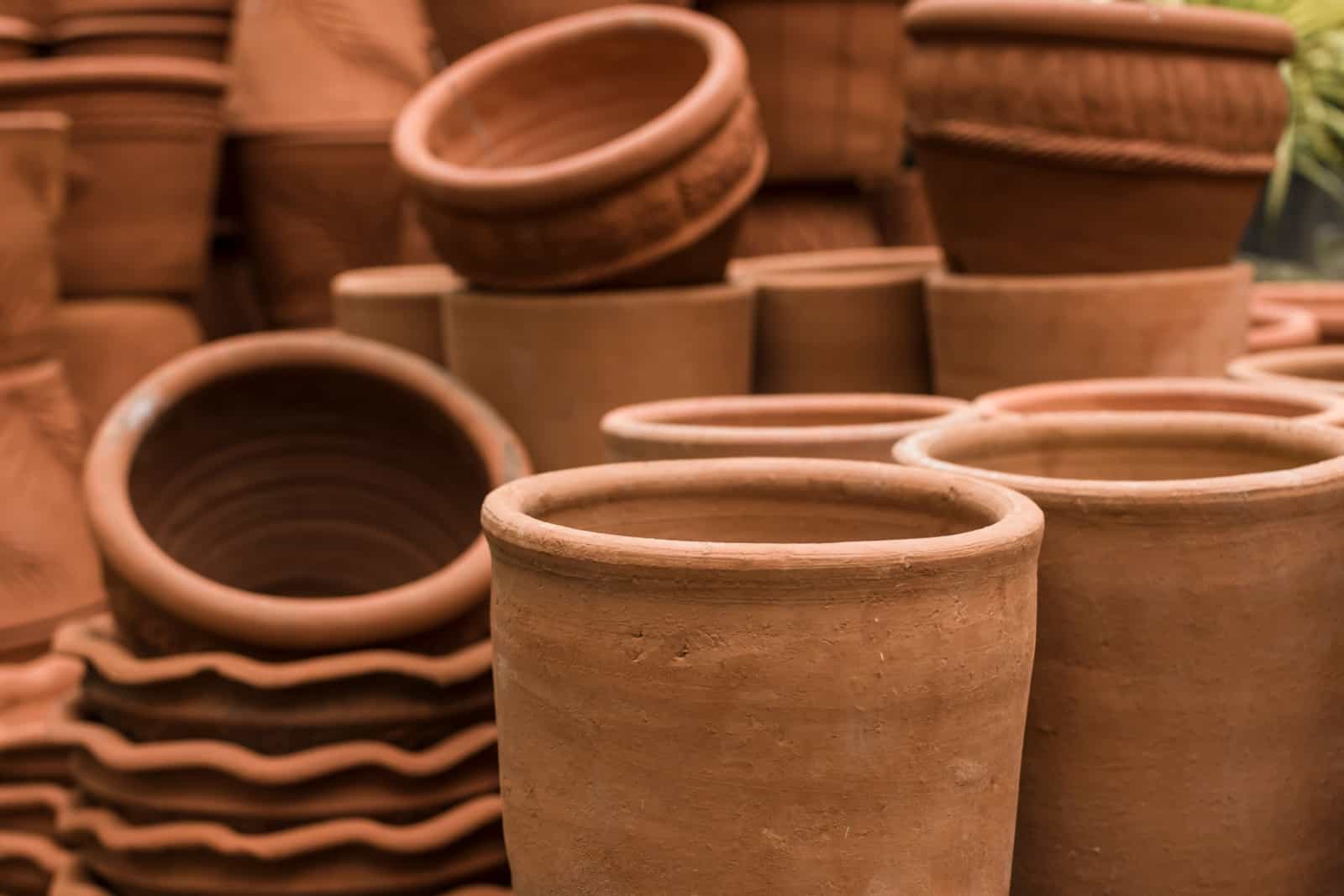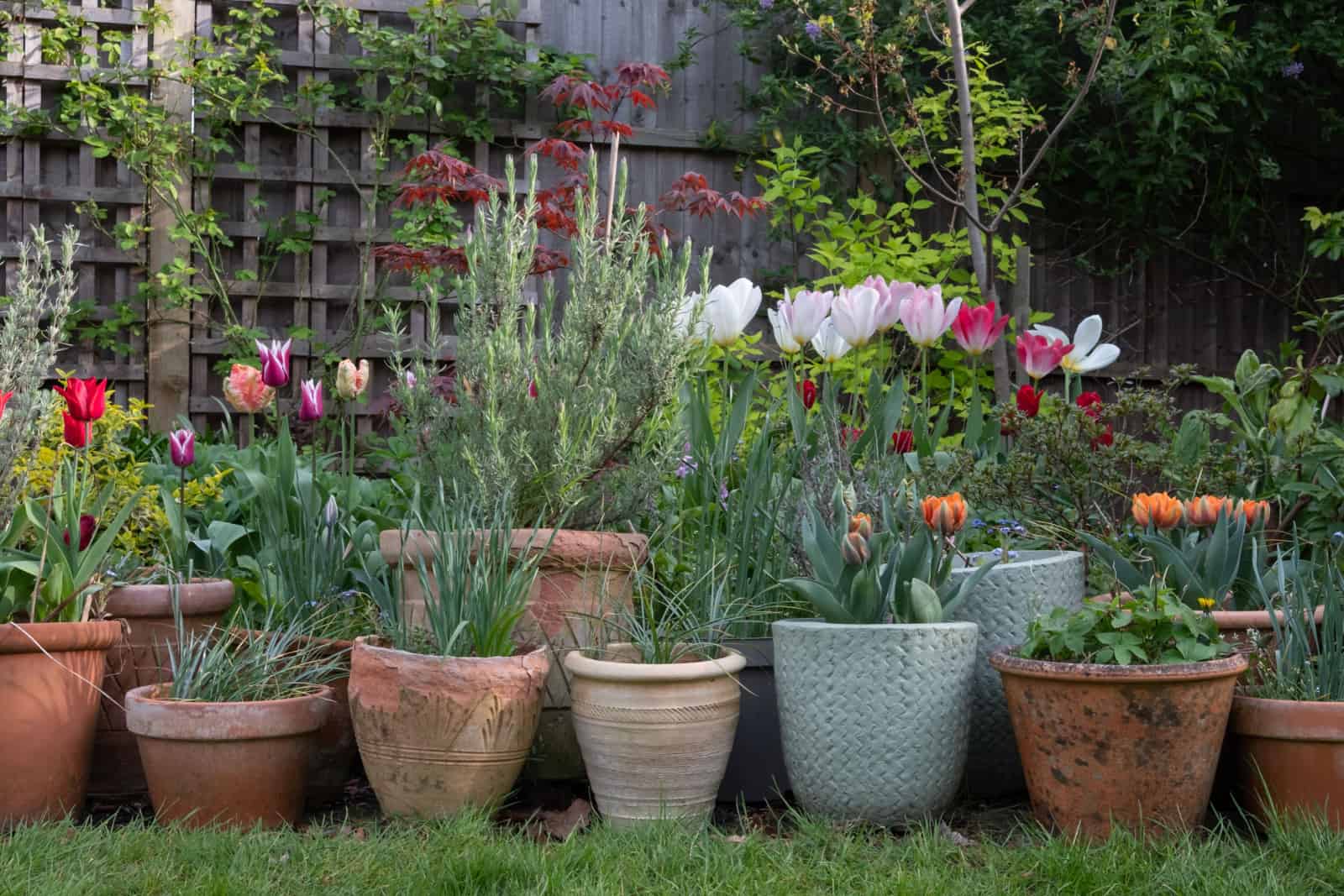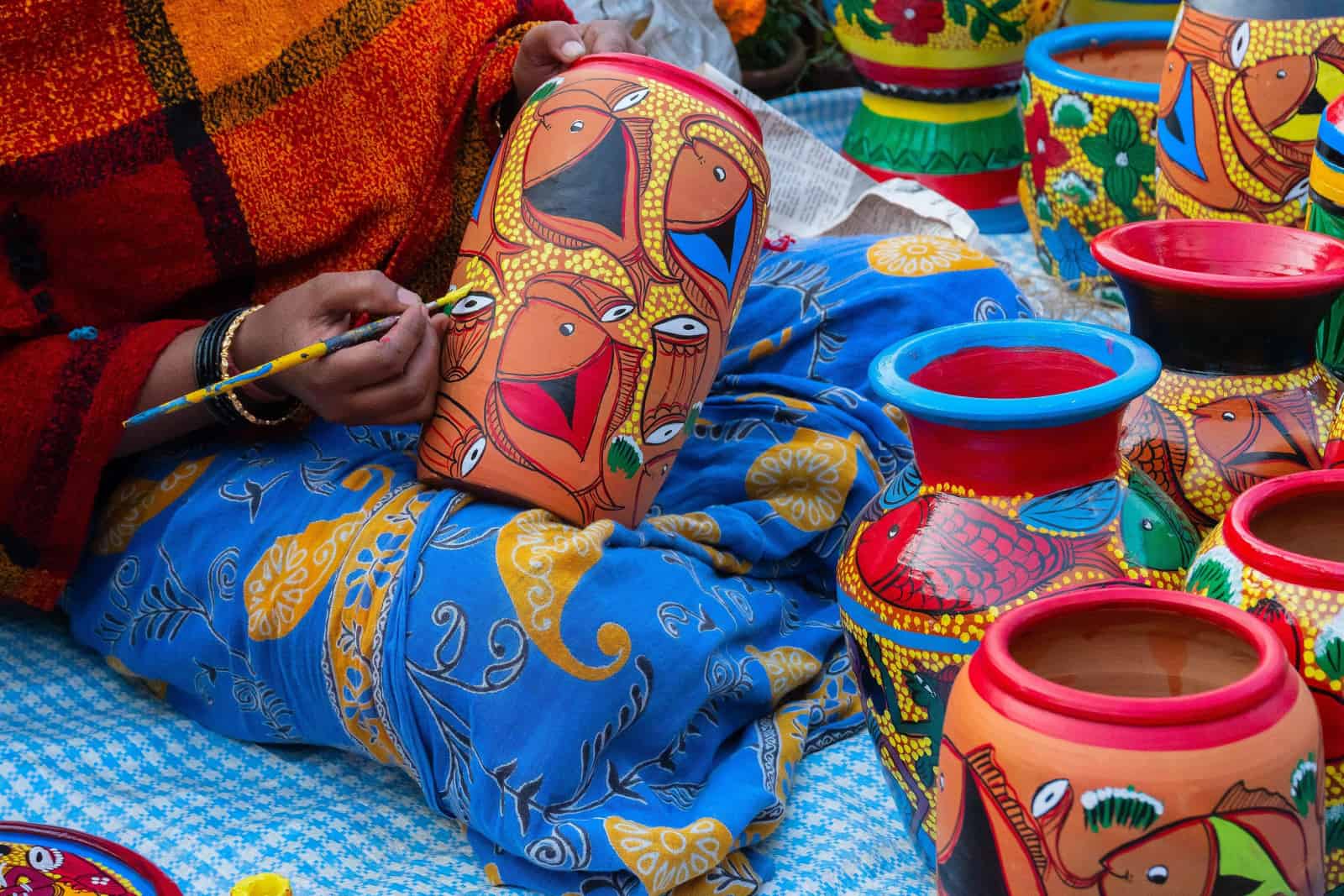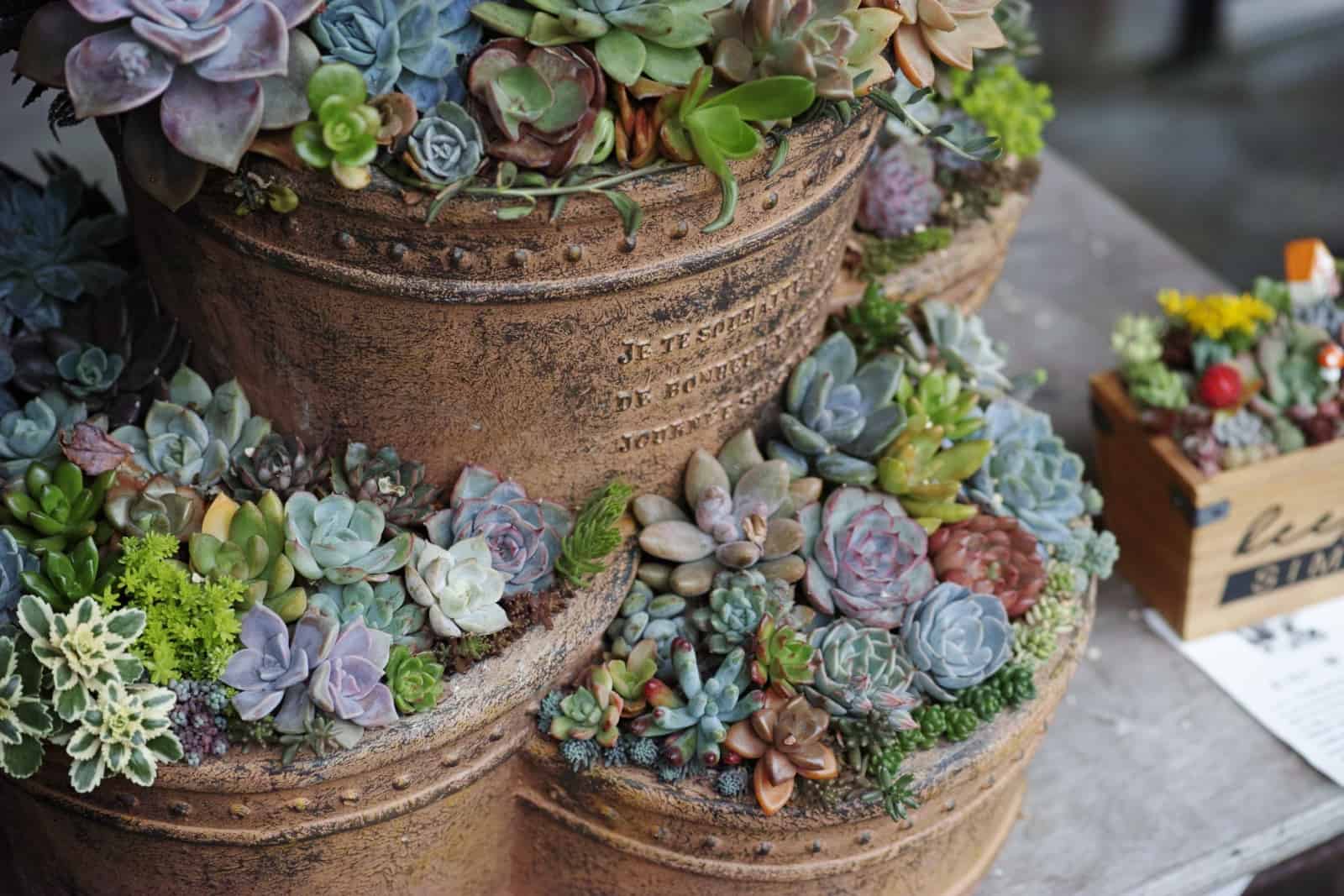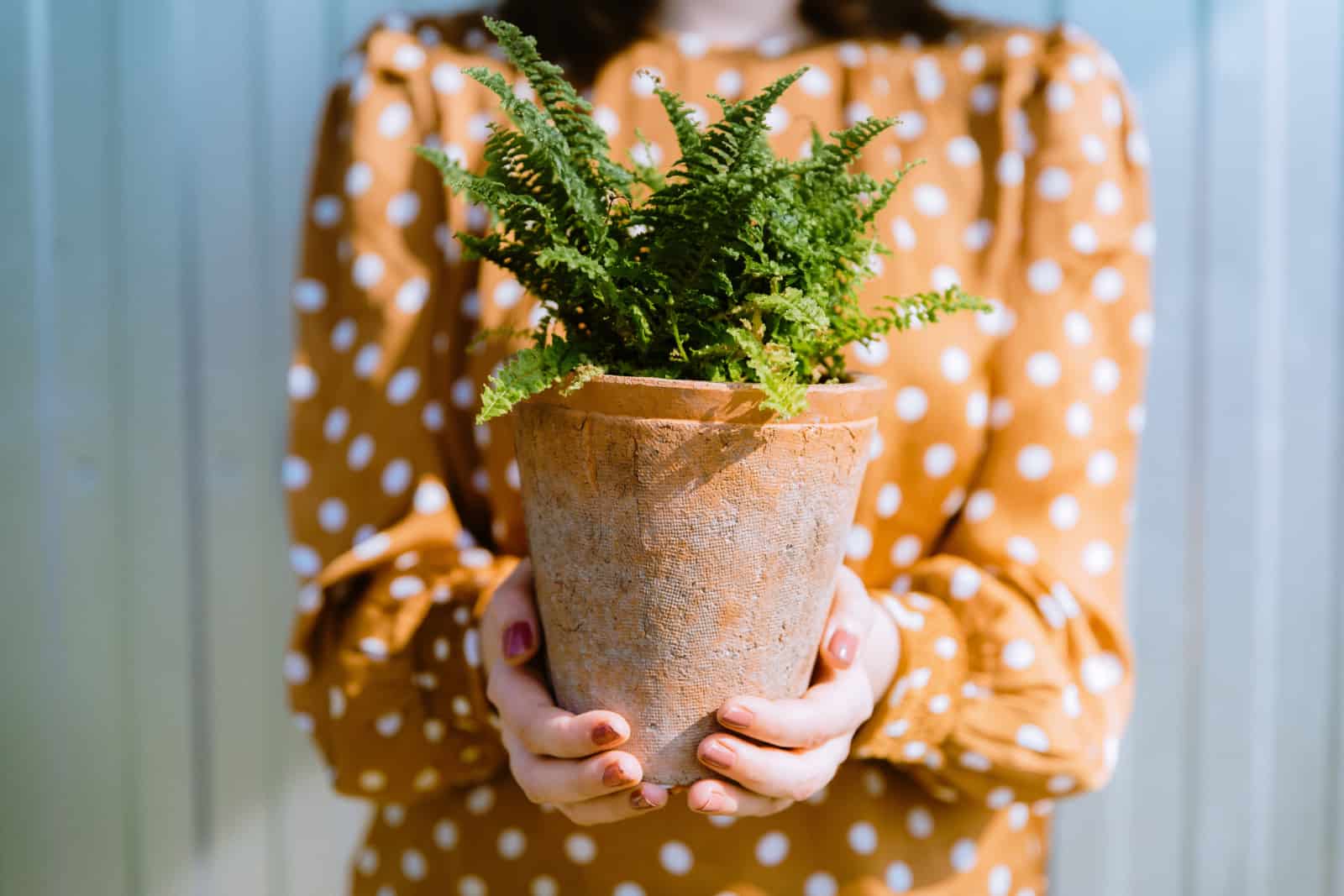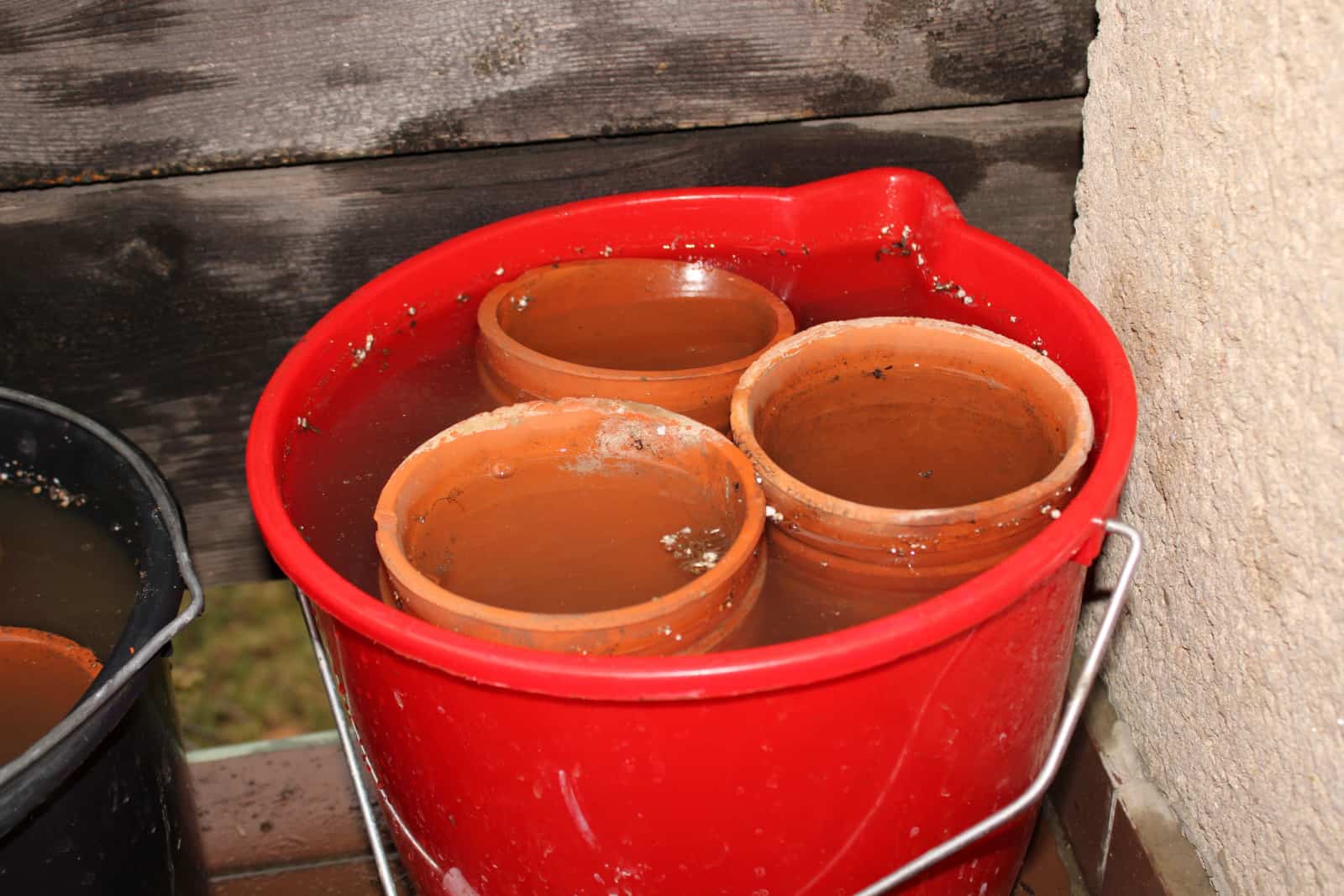Walking down the aisles in any garden center will eventually lead you to a terracotta section. And you may wonder, “What’s up with these things?”
They look like something gardeners in the Middle Ages used, and there will be so many prettier ones lying around.
And yet, many gardeners advise you to get precisely these ones. That’s because they’re porous and reduce the risk of overwatering, although there are other things you should know about them.
Let’s learn all about terracotta pots!
1. Clay Is Malleable And Affordable
Terracotta is here to stay, and Roman irrigation systems, the Chinese clay army, and even our roof tiles all prove it.
One of the main reasons is that you can find it almost anywhere in the world. This also makes it inexpensive, and it’s easy to work with, making it highly desirable.
The material is malleable and once you fire it, you’ll get a durable material that won’t crumble into dust once you hold it in your hands.
Once people started making everything from this material, including gardening pots, the pieces just fell into place. The clay is easy to find, malleable, inexpensive, and you get a high quality product.
2. It’s Durable
For some reason, people think that terracotta is fragile, and that’s actually not the case. There’s an entire clay army in China that would beg to differ!
There are terracotta figures dating from 3000 BC, as well as sarcophagi, etc. that are living proof of its durability. (1)
However, there’s no lack of cheap copies nowadays that make us think terracotta pots are breakable. But, if it was fired correctly, it’ll be fairly durable. And it’s hard to beat the Italians in this one.
The best terracotta is said to come from Impruneta, Italy, although there are other Italian craftsmen that produce high-quality products.
The notion that terracotta is breakable stems from inferior products, which break easily due to temperature swings. The leftover water in the porous surface will freeze if the temperatures get cold enough, resulting in cracks.
But if you have a quality product and care for it properly, you won’t have to worry about these things. Just choose the one with the “Made in Italy” mark, and you’ll be off to a great start.
Another thing that can help you select a good pot is the sound. Turn the planter upside down and tap it with a metal object, which will give a louder sound and help you hear the difference.
If it vibrates and resonates, it’s a quality product, but if it thuds, it’s no good.
And the good news is that even high-quality Italian terracotta is still reasonably priced.
3. Terracotta Pots Don’t Have To Be Orange
The classic earthy-orange color of terracotta pots is perfect for vintage, rustic, or even modern decors, but it’s not for everyone.
Its natural shade looks a bit rusty, and that’s because terracotta has plenty of iron content – 5-10%. It oxidizes during firing, resulting in that rusty orange hue we’re all familiar with.
Luckily, you can easily paint over it and turn it into your personal arts and crafts project for your garden, whether you want a clean black or white look, or a colorful planter.
4. Planter Porosity Can Be Your Friend
Terracotta pots are porous and drain much quicker than regular plastic ones. However, that can be a good thing because most beginner growers overwater their plants, and these planters help prevent this.
They also have a drainage hole, which allows the excess moisture to drain away and prevents your plants from sitting in water for too long.
The downside of these porous planters is that you’ll have to water your plants more frequently, but you can counter this by using a container slightly larger than your plant currently needs.
There will be more soil in it, it will dry out more slowly, and it will reduce your watering chores a bit. One size bigger than your normal choice is perfectly fine.
I’m sure you’ve put those brain wheels in motion by now and have started thinking about all the plants that would be an excellent fit for terracotta pots. And those that wouldn’!
Grow these plants in terracotta pots:
• African violets
• Bromeliads
• Cactuses (one requirement for the best cactus pot is using terracotta ones)
• Chinese money plant (pilea)
• Christmas/holiday cactus
• Monstera
• Pothos
• Succulents (aloe, jade plant, etc.)
• ZZ plant
Avoid these:
• Calla lilies
• Cannas
• Cardinal flowers
• Colocasia
• Creeping Jenny
• Ferns
• Irises
Of course, these aren’t all the plants that like and dislike terracotta planters. Generally speaking, species which prefer consistent moisture and can tolerate having their roots damp from time to time won’t do well in these porous containers.
And even if some plants prefer terracotta pots, don’t forget about proper humidity levels. Loving drainage doesn’t mean hating all moisture, so turn on a humidifier or put your mister to work.
5. Prepping Terracotta Pots For Planting
You will need to prepare your terracotta pot for planting.
You have to soak them in water before putting any growing medium in. If the clay is dry, it will suck out all the moisture from the soil, leaving your plant in the dry sooner than you’d think.
Soaking these bad boys is a piece of cake. Just fill your bathtub or a large container with water and leave your terracotta planter in it for about 24 hours.
The next thing is to cover the drainage hole, which won’t affect draining the excess water if you do it correctly. The traditional tip is to use a stone or broken terracotta pieces, but I’ll go beyond that.
I use pieces of pantyhose or coffee filters to cover the hole. This will prevent the substrate from washing out of the drainage hole and slow down moisture drainage. Therefore, you’ll be able to water your plants less frequently.
If you’re using a coffee filter, make sure that both the planter and the paper are wet. This will allow the filter to stick to the pot better so it won’t slide when you fill the planter with growing medium.
If you do use pantyhose, just tape it on the outer side so that the water doesn’t loosen it!
6. It Can Ruin Your Furniture
Traditional unglazed terracotta pots and their saucers will soak up moisture, but will also seep through and ruin your furniture.
That’s why they’re perfect for outdoors where there aren’t many things they can spoil.
But that doesn’t mean you can’t use them inside. Just put something underneath, and your furniture will be perfectly safe. You want to protect your wooden tables and other possessions from scuffs anyway.
Here are a couple of suggestions:
• Use glazed terracotta pots and saucers
• Cover the insides with foil (although this will reduce the porosity and it won’t drain as fast)
• Place the saucer on a cork mat
• Use a decorative cutting board or trivet and place the saucer on it
• Dip the saucer or the bottom of the pot in wax (although you have to clean the planter well and make sure it doesn’t have any cracks)
• Use plastic drip trays or saucers
7. Crusty White Or Green Is Normal
After some time, you’ll notice a white or green patina on the outside of your terracotta pots, but don’t think you’re doing something wrong! This film is completely normal, and some gardeners even prefer this vintage look.
That crust you’re seeing is just a build-up from the salts and minerals in your fertilizers and water that the clay has soaked up.
Luckily, it’s not harmful and you can remove it easily. Wipe your pot regularly with a damp cloth or treat the empty pots with a gentle solution of vinegar or bleach and water.
To prevent this issue from happening in the first place, use products with less minerals and salts, such as distilled or rainwater and organic fertilizers.
Additionally, your outdoor pots can obtain a thin layer of moss. Some growers prefer this look and they’ll go to great lengths to make it happen, such as covering their pots with yogurt and leaving them in the sun for a few days to dry out.
8. Cleaning Terracotta Pots
If you don’t like the crusty film on your terracotta planters, or you want to grow new plants in it, don’t worry because you can just clean it!
Step 1. Take your plant out of the pot, remove the growing medium, and let the container dry out.
Step 2. Scrub the dried soil with a stiff brush as much as you can.
(You can also wash the substrate with water if you can’t wait for it to dry.)
Step 3. Soak the empty pots in a vinegar and water mixture.
Step 4. Clean it with a dish sponge and rinse it well since vinegar can harm your plants afterward.
Step 5. Soak the pots in hot water and rinse them afterwards to make sure there’s no trace of vinegar left on them. You can also add a couple of drops of dish soap, but it’s not necessary.
Step 6. Let the pots dry outside for about a day, and they’re ready to use.
Here are some more tips for washing these planters:
This method is excellent if your previous plant had some kind of disease since vinegar can kill bacteria and fungi with ease. You can also use bleach if you prefer.
Many growers stay away from this product because it contains chemicals. However, it will turn into salt when left to dry or completely decompose (if you use hydrogen peroxide), so there’s no real threat to you or your plants.
When using bleach for disinfecting, dilute one part bleach in nine parts water and leave your pots in the solution for up to an hour. Don’t put more bleach or keep your planters in the solution for too long because it can damage your pots over time.
Rinse the containers well, allow them to dry, and they’ll be ready for the next generation of cactuses or monsteras.
Lastly, you can use terracotta pots for all sorts of projects, not just for planting. Think outside the box and use them to make unique garden designs, irrigation systems, heaters, etc.
Here are some ideas to get you rolling:
Terracotta pots look great in any houseplant collection, so give them a chance. Their rustic appearance and practicality live up to expectations, so it’s clear why!
Until next time.
References:1. The Editors of Encyclopaedia Britannica (n.d.). Terra-cotta. Britannica.

